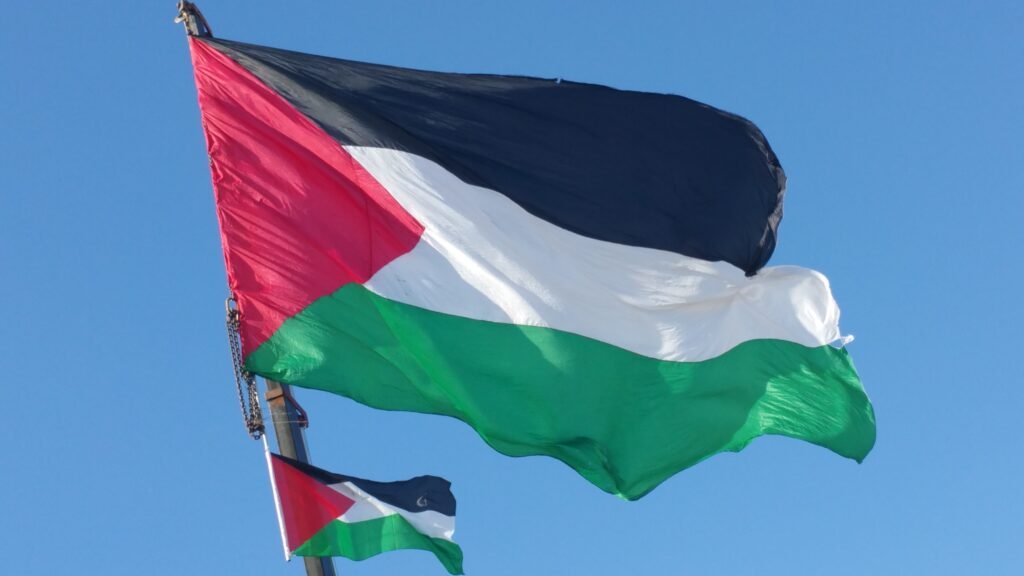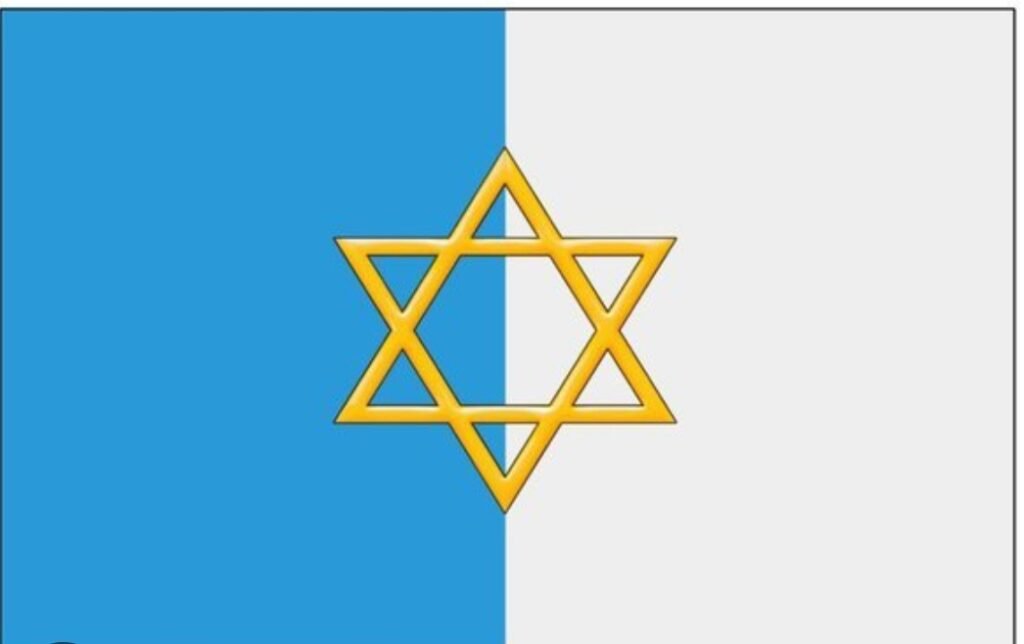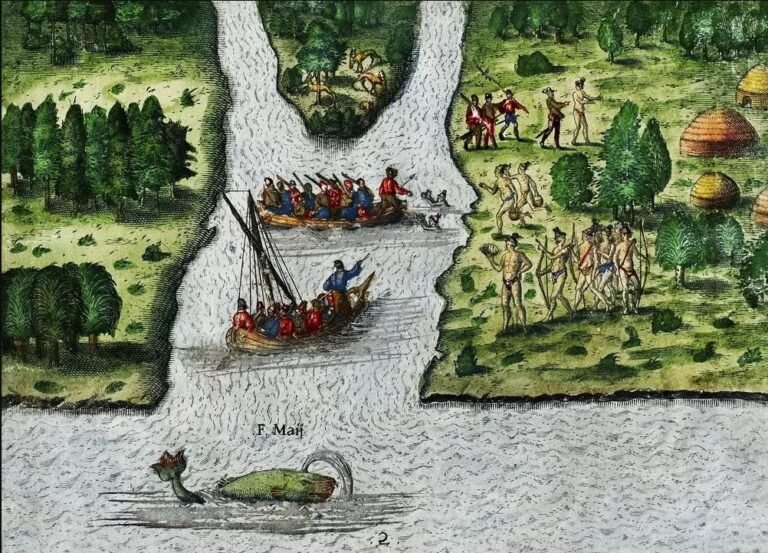Significance of Palestine flag in representing nation and identities
In the heart of the Middle East, where the winds of history are blowing with both turbulence and determination, a flag has flown, a flag that serves not only as a symbol but as a statement. The Palestine flag, a striking tricolor of black, white and green, adorned with a red badge and a recalcitrant star, captures a story of struggle, identity and bournes that extends far beyond its modest confines. In this blog, we embark on a trip to trace the shade of Palestine flag,a banner that has survived political storms and carried the expedients of a flexible people for decades.
The Palestine Flag carries significant significance for several reasons
Symbol of public identity:
This Palestine flag represents the public identity and bournes of the Palestinian people. It serves as a symbol of their distinct artistic and literal heritage.
Struggle for Statehood:
The flag is nearly associated with the Palestinian struggle for statehood and tone- determination. It symbolizes their hunt for an autonomous Palestinian state.


literal durability:
The flag provides a sense of literal durability and concinnity among Palestinians, connecting them to their history and fostering a participated sense of identity.
Global recognition:
The flag is internationally honored and is flown at politic operations and events related to Palestine. This recognition legitimizes Palestinian public bournes on the world stage.
Solidarity:
The flag is a unifying symbol for Palestinians both in their motherland and in the diaspora. It instills a sense of solidarity among Palestinians that transcends geographical boundaries.
Adaptability and Adaptability:
The flag is an important symbol of adaptability in the face of adversity. It arose during the conflict and remains a source of alleviation for Palestinians.
Artistic Significance:
The colors and designs of the flag have artistic and literal significance. Black, white, green and red colors as well as design rudiments are deeply embedded in Palestinian heritage.
Political Symbolism:
The Palestine flag is used in a political environment to represent Palestinian interests and advocate for their rights. It’s a visible symbol of the Palestinian cause.
Early Palestinian Symbols
Flags used in pre-20th century Palestine:
Flags used in pre-20th century Palestine were different and frequently reflected the changing political and artistic dynamics in the region. Prior to the 20th century, the area that comprises ultramodern- day Israel and Palestine was part of colorful conglomerates, including the Ottoman Empire, Mamluk Sultanate, and Crusader countries. The use of Palestine flags during this period wasn’t as formalized as it’s in the ultramodern world. nonetheless, then are some crucial flags and their significance in pre-20th century Palestine:
Ottoman Empire:
Palestine was a part of the Ottoman Empire for centuries. The Banquettes used a variety of flags during their rule, but the most honored one was the” Star and Crescent.” This flag featured a red background with a white star and crescent. The Banquettes ruled over Palestine from the early 16th century until the early 20th century.
Mamluk Sultanate:
Prior to Ottoman rule, the Mamluk Sultanate controlled the region. They used flags that frequently featured Islamic penmanship and geometric patterns. These flags were characterized by their intricate designs and use of Arabic script.
Crusader States: During the drives, colorful Crusader countries were established in the region. These countries had their own flags, generally bearing Christian symbols similar as crosses. The Kingdom of Jerusalem, for illustration, used a flag with a red cross on a white background.
Original lines and Dynasties:
Before the conglomerates, there were original ethnical and dynastic powers in the region. These realities frequently had their own symbols and banners, which could vary extensively. For illustration, the Ayyubid dynasty, innovated by Saladin, used a banner with an unheroic background and a green eagle.
Religious Symbols:
The region was of great religious significance to Judaism, Christianity, and Islam. Flags frequently incorporated religious symbols like the Menorah, the Christian Cross, and Islamic penmanship.
Flags of Foreign Powers:
During different literal ages, foreign powers similar as the French or British may have had a presence in the region, and their flags could be flown in certain areas or during specific ages.
It’s important to note that the conception of public flags as we understand them moment didn’t live in the same form during pre-20th century Palestine. The use of flags was more varied and frequently tied to the ruling authority or indigenous symbolism.
The ultramodern Palestine flag, featuring three vertical stripes of black, white, and green with a red triangle at the hoist containing a white star, wasn’t espoused until the 20th century when the Palestinian public identity began to take shape amidst changing political circumstances.
The Palestine Flag Design
A. Key rudiments and Colors:
The Palestine flag consists of three vertical stripes of equal range black, white, and green.
The black stripe represents the Arab people and their literal ties to the land. The white stripe symbolizes stopgap and peace.
The green stripe represents the Palestinian husbandry and the land.
There’s a red triangle on the hoist side( the side closest to the flagpole) that represents the blood chalet by Palestinians in their struggle for independence and sovereignty.
B. Role of the Palestinian National Congress:
The Palestinian National Congress( PNC) is the loftiest legislative body of the Palestine Liberation Organization( PLO).
The PNC plays a pivotal part in Palestinian politics and is responsible for making opinions related to the Palestinian cause.
It has historically been involved in opinions regarding the flag and other public symbols.
The design of the flag of Palestine was officially espoused by the PNC in 1964 and has since come a extensively honored symbol of Palestinian identity and statehood.
The PNC also helps shape and define the political strategies and pretensions of the Palestinian public movement.
The Palestinian flag, with its distinct design and symbolism, continues to represent the bournes and struggle of the Palestinian people for tone- determination and statehood.
Ottoman Empire influence
The Ottoman Empire was a significant and influential state that existed from the late 13th century until the early 20th century, and its impact on the world was substantial. Here are some key aspects of Ottoman Empire influence in detail:
Geographical Expansion: The Ottomans began as a small Anatolian principality and expanded their territories through a series of conquests. At its height, the empire stretched across three continents, including parts of Europe, Asia, and Africa. This vast territorial reach had a profound impact on the regions it controlled.
Cultural Influence: The Ottomans had a diverse population that included various ethnic and religious groups. This diversity led to a rich cultural exchange. Ottoman culture was a blend of Turkish, Arabic, Persian, and European elements. This fusion of cultures influenced art, music, and cuisine in the regions under Ottoman rule.
Islamic Legacy: The Ottoman Empire was a prominent Islamic state, and the Ottoman sultans were often regarded as leaders of the Muslim world. The empire played a role in shaping Islamic thought, culture, and practice, and its influence extended to Islamic architecture, calligraphy, and religious scholarship.
Legal System: The Ottomans developed an intricate legal system known as the “Millet System,” which allowed various religious communities to govern their own affairs under Ottoman protection. This system had a lasting influence on the development of religious and legal pluralism in the Middle East.
Architectural Heritage: Ottoman architecture is renowned for its distinctive style, characterized by domes, arches, and intricate tile work. Iconic structures like the Hagia Sophia in Istanbul and the Blue Mosque continue to be admired and studied today. This architectural legacy has inspired numerous buildings worldwide.
Political Influence: The Ottoman Empire had a profound impact on the geopolitical landscape of its time. It competed with European powers, particularly in the Eastern Mediterranean and Balkans, and had diplomatic and military interactions with them. The decline of the Ottomans also contributed to the reshaping of the modern Middle East.
Trade and Economic Impact: The Ottoman Empire was a major center of trade, connecting the East and West. It controlled key trade routes and cities, which facilitated the exchange of goods, ideas, and cultures. The empire’s economic policies and practices influenced trade patterns in the region.
Language and Writing: The Ottoman Turkish language was used for administrative and literary purposes. The Ottoman script was a variant of the Arabic script. After the empire’s dissolution, the Turkish language underwent reforms, adopting the Latin script. However, many loanwords and linguistic influences from Ottoman Turkish remain in modern Turkish.
Legacy of Conflict: The Ottoman Empire was involved in numerous conflicts and wars during its existence, leading to its impact on international relations. Its collapse after World War I and the emergence of successor states in the region still affect global politics today.
In summary, the Ottoman Empire’s influence was multifaceted, encompassing culture, religion, politics, architecture, and more. Its legacy is still visible in the modern-day countries that emerged from its dissolution, and it continues to be a subject of historical and cultural study.
The Ottoman Empire was a significant and influential state that was from the late 13th century until the early 20th century, and its impact on the world was substantial. There are some crucial aspects of Ottoman Empire influence in detail.
Geographical Expansion: The Banquettes began as a small Anatolian principality and expanded their homes through a series of vanquishing. At its height, the conglomerate stretched across three mainlands, including region of Europe, Asia, and Africa. This vast territorial reach had a profound impact on the regions it controlled.
Cultural Influence: The Banquettes had a different population that included colorful ethnical and religious groups. This diversity led to a rich artistic exchange. Ottoman culture was a mix of Turkish, Arabic, Persian, and European rudiments. This emulsion of societies told art, music, and cookery in the regions under Ottoman rule.
Islamic heritage: The Ottoman Empire was a prominent Islamic state, and the Ottoman sultans were frequently regarded as leaders of the Muslim world. The conglomerate played a part in shaping Islamic study, culture, and practice, and its influence extended to Islamic armature, penmanship, and religious education.
Legal System: The Banquettes developed an intricate legal system known as the” Millet System,” which allowed colorful religious communities to govern their own affairs under Ottoman protection. This system had a continuing influence on the development of religious and legal pluralism in the Middle East.
Architectural Heritage: Ottoman armature is famed for its distinctive style, characterized by polls, bends, and intricate pipe work. Iconic structures like the Hagia Sophia in Istanbul and the Blue Mosque continue to be respected and studied moment. This architectural heritage has inspired multitudinous structures worldwide.
Political Influence: The Ottoman Empire had a profound impact on the geopolitical geography of its time. It contended with European powers, particularly in the Eastern Mediterranean and Balkans, and had politic and military relations with them. The decline of the Banquettes also contributed to the reshaping of the ultramodern Middle East.
Trade and Economic Impact: The Ottoman Empire was a major center of trade, connecting the East and West. It controlled crucial trade routes and metropolises, which eased the exchange of goods, ideas, and societies. The conglomerate’s profitable programs and practices told trade patterns in the region.
Language and Writing: The Ottoman Turkish language was used for executive and erudite purposes. The Ottoman script was a variant of the Arabic script. After the conglomerate’s dissolution, the Turkish language passed reforms, espousing the Latin script. still, numerous coinages and verbal influences from Ottoman Turkish remain in ultramodern Turkish.
Heritage of Conflict: The Ottoman Empire was involved in multitudinous conflicts and wars during its actuality, leading to its impact on transnational relations. Its collapse after World War I and the emergence of successor countries in the region still affect global politics moment.
In summary, the Ottoman Empire’s influence was multifaceted, encompassing culture, religion, politics, armature, and more. Its heritage is still visible in the ultramodern- day countries that surfaced from its dissolution, and it continues to be a subject of literal and artistic study.
Palestine Flag Evolution Over Time


Variations in flag design:
Over the times, the Palestine flag has gone through several design variations.
The original Palestine flag was introduced in 1917 during the Arab rebellion against the Ottoman Empire. It comported of three vertical stripes of black, white, and green, with a red triangle on the hoist side.
These colors hold emblematic significance. The black and white stripes represent the Arab Abbasid and Umayyad dynasties, independently, while the green and red colors emblematize the land and the people of Palestine.
There have been variations and variations in the flag’s design since also. The flag used by the Palestinian Liberation Organization( PLO) in the late 1960s added a red star to the white stripe, which represented the Palestinian public movement. It’s essential to note that the design of the flag can vary slightly depending on the association or reality using it.
Flag operation during significant events:
The Palestine flag has been prominently used during colorful significant events in the region’s history. For illustration:
The flag was raised in 1988 when the Palestinian National Council declared the establishment of the State of Palestine.
It’s flown at multitudinous demonstrations and demurrers to emblematize Palestinian identity and bournes for statehood.
The flag is also displayed during transnational events and accommodations concerning the Israeli- Palestinian conflict.
Throughout its history, the Palestine flag has served as an important symbol of Palestinian public identity and bournes , and its operation has evolved in response to political developments and events in the region.
The impact of British rule on Palestinian identity
Arab rebellion: The Great Arab rebellion of 1936- 1939 against British rule and Jewish immigration played a pivotal part in fostering a unified Palestinian identity. Palestinians from different regions and backgrounds came together in opposition to colonialism and Zionism.


Accreditation Period: The British Accreditation for Palestine, which lasted from 1920 to 1948, had a profound influence on the development of Palestinian identity. During this period, the British administration introduced new political, profitable, and social structures that shaped the Palestinian experience.
Nationalism and Resistance: British programs frequently fueled Palestinian nationalism and resistance against social rule. Palestinians started to form a distinct public identity and began to repel British programs, including restrictions on land power and immigration.
Migration and Jewish: Immigration The British eased Jewish immigration to Palestine, leading to pressures and conflicts with the Arab population. This had a continuing impact on Palestinian identity, as it contributed to a sense of Palestinian public struggle against the Zionist movement and British colonialism.
Land Ownership and Dispossession: Land power patterns were converted during the British Accreditation, with Arab land frequently being vended to Jewish emigrants. This had a profound impact on Palestinian identity and the perception of acquisition and loss of home.
Post-Mandate Period: The end of the British Accreditation in 1948 marked the establishment of Israel and the Nakba( catastrophe) for the Palestinians, performing in significant relegation and farther shaping Palestinian identity as deportees and a stateless people.
Conclusion
Significance of the Palestinian flag in the struggle for statehood: The Palestinian flag has played a vital part in the Palestinian public struggle for statehood.
It represents the bournes of the Palestinian people to establish their own independent state. The flag isn’t simply a symbol but an important representation of their concinnity and adaptability in the face of political challenges and conflicts. Ongoing part of the flag in Palestinian identity and bournes The Palestine flag continues to be a central element in Palestinian identity.
It symbolizes their participated history, culture, and the desire for tone- determination. The flag serves as a source of alleviation and concinnity for Palestinians, both in their motherland and in the diaspora.
It reminds them of their pretensions and bournes , including the eventual consummation of an autonomous Palestinian state.
In conclusion, the Palestine flag holds immense significance in the struggle for statehood and remains a vital hallmark in shaping and conserving Palestinian identity and their determination to achieve their political pretensions.





















[…] […]